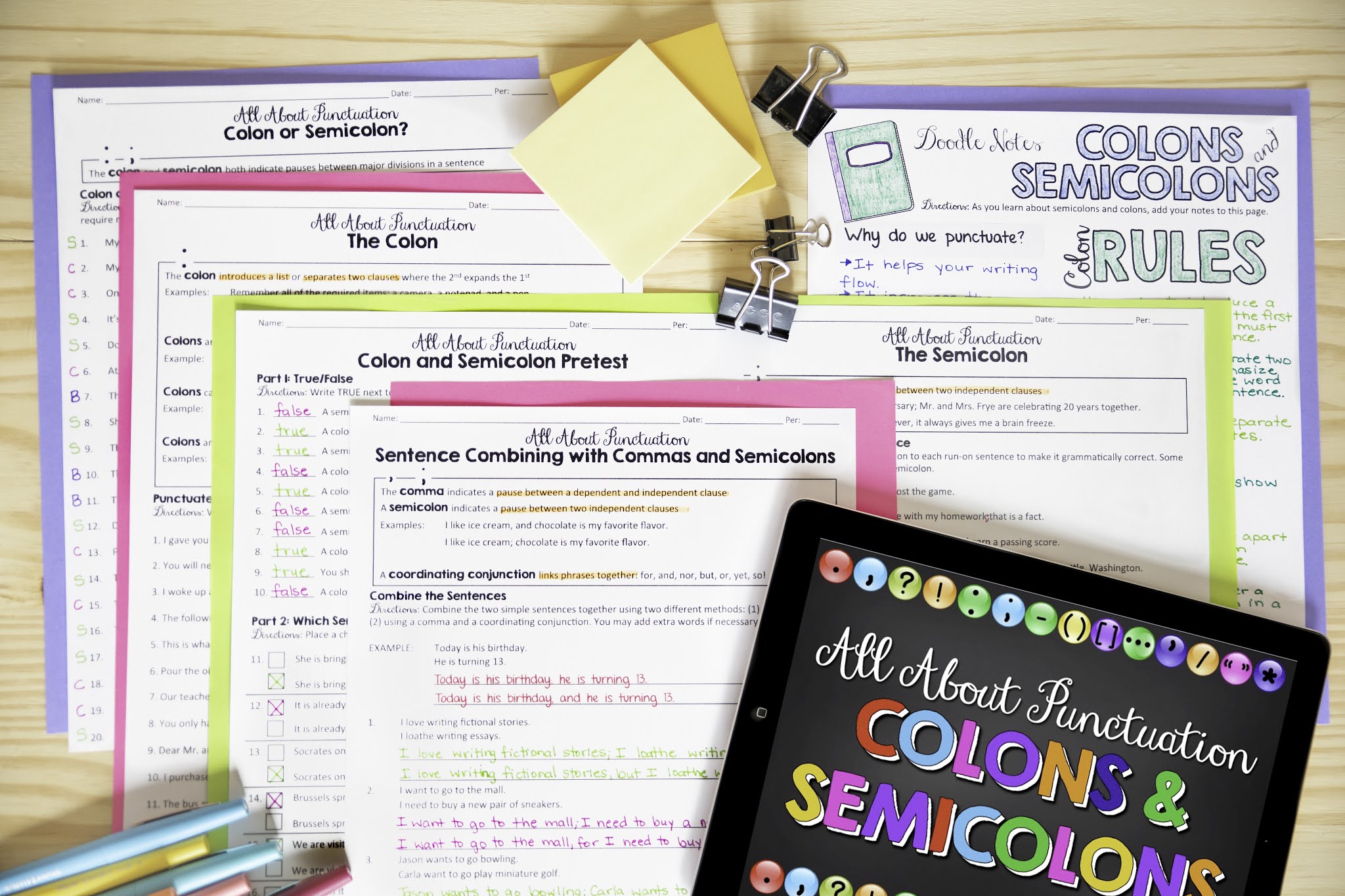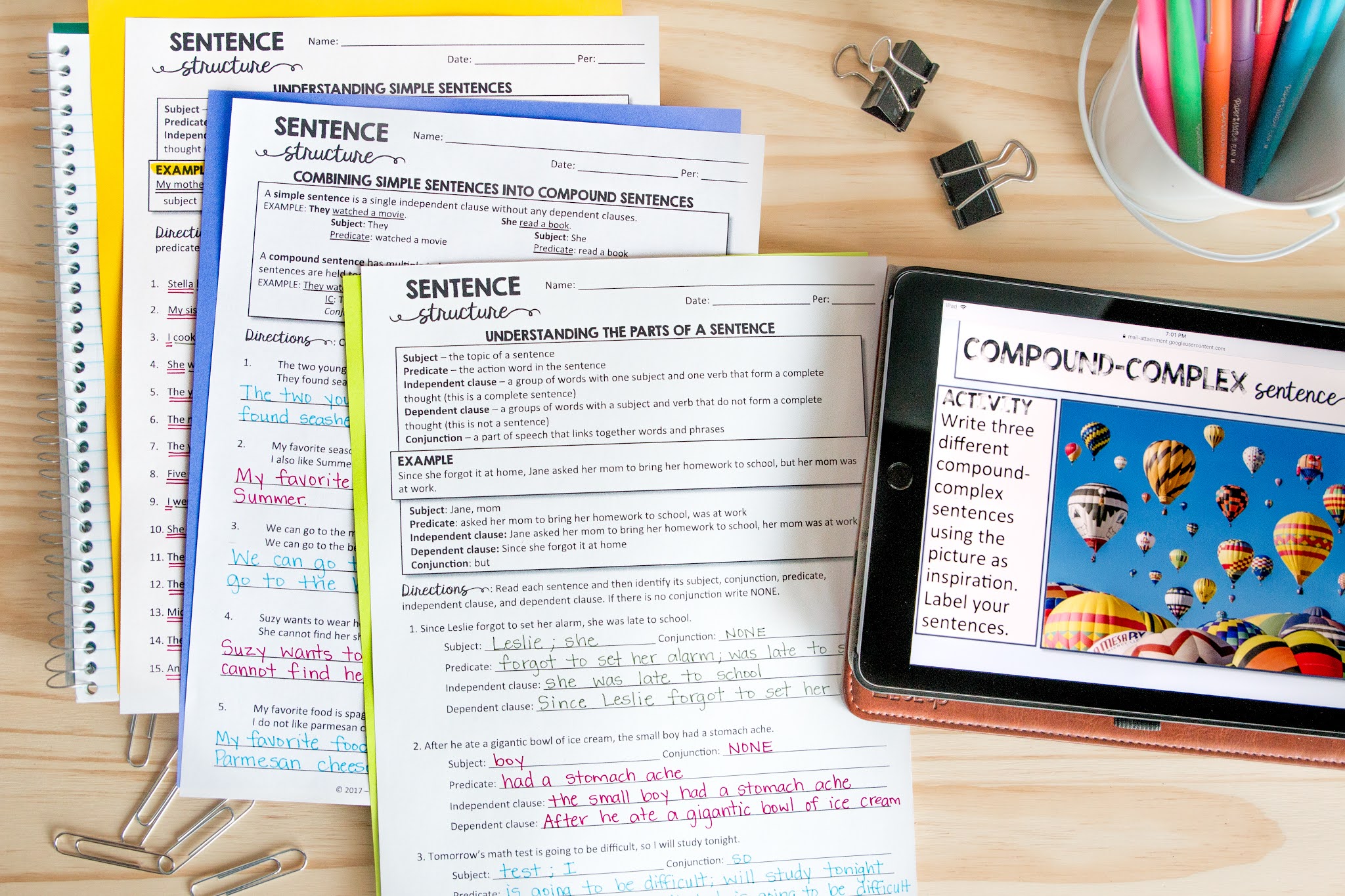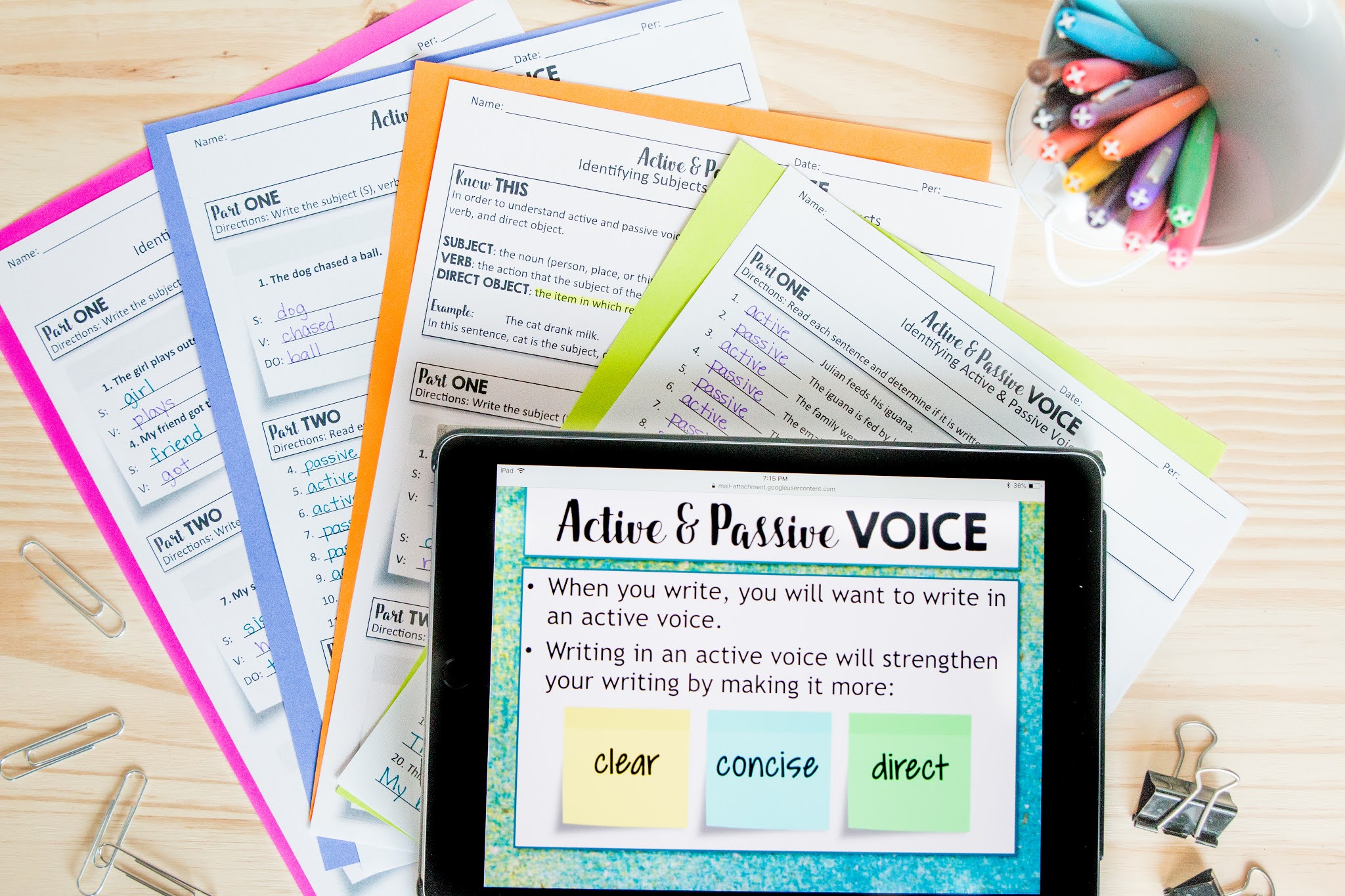Teaching middle school ELA and high school English students how to write well is a challenging task! One way to help students improve their writing is to teach them how to “cut the fat.” Whether writing essays, prose, or anything in between, some students will always be tempted to outdo themselves, making their writing a bit more superfluous, or “extra,” than it needs to be.
It’s hard to blame students, given the complexity of the English language and all the things that we’re allowed to do with it. However, students should be aware of how to make their writing as concise and straightforward as possible. This is often the most effective way of communicating any story or message.
Here are five easy suggestions to help your students “cut the fat” in their writing.
1. Leave the “ly” s behind.
More particularly, encourage students to keep the adverb usage to a minimum. Sure, adverbs can spice up the blandness of certain verbs, and even sentences altogether. But using too many adverbs, whether strung together consecutively (i.e. “really slowly”) or added next to every single verb, can have the opposite effect.
Extra adverbs make verbs or actions unnecessarily particular, all while adding an extra layer of clunkiness to the sentence. With every adverb they use, students should thus consider: does this word burden or enhance understanding? One way to help students drop unnecessary adverbs is to encourage them to choose strong, more concise verbs instead.
To help students learn more about adverbs, I like to teach them about adverbs and the parts of speech.
2. Adjectives need their space.
Adjectives are another part of speech that must be used with caution. Warn students to look for linkages of adjectives within their writing (i.e., “a steamy, humid day”) and consider whether each modifier provides something critical to the context of what they’re describing. Frequently, when found in groups of two or more, at least one of the adjectives can be omitted.
Remind students that readers only have so much room to remember the particulars of any one person, place, thing, or event. The rest doesn’t have to be done away with, per se, but can perhaps be saved for later, or even withheld by the author to add a certain element of mystery and intrigue to their work.
Just like with adverbs, I like to teach my students about adjectives and the parts of speech.
3. Spare the semicolon
The semicolon is quite a tantalizing thing; how empowering it is to merge into one what formerly existed as two. Consider this last sentence. It might be grammatically correct, but does it lose the reader at a certain point? Do the ideas represented by each independent clause feel intrinsically connected? The answer here is certainly a resounding “no.”
And it will be in countless other cases. Students should remain conscious of how tedious a semicolon can be, even if they use it correctly. Instead of allowing for better flow, it often impedes clarity by collapsing separate ideas under a sentence’s rather delicate frame. At a certain point, this frame will break eventually.
To help students better understand the semicolon and how to use it properly, I teach them this semicolon and colon unit.
4. Stick to one main idea per sentence
Individual sentences should contain just one main idea. This strategy will also help students avoid fragment or run-on sentences. When reading over their work, students should always reflect on each sentence and ask themselves: what is the main idea or purpose of this sentence? Is it repeating what came before or after it?
If the sentence does not have a main idea – if it seems like a bunch of empty words or an elaboration on something already said – students should omit the sentence or restructure it. If a sentence has more than one main idea, then students should do the same: delete or restructure.
To help students learn how to avoid fragments and run-on sentences, I teach students all about sentence structure.
5. Pass on the passive voice
Catching a passive voice in writing is tough, especially when writing academically or in the past tense, but students should learn to develop a keen eye for it. The easiest way to spot passive voice is to note whether the person responsible for committing the main action/verb is identified before or after that verb.
For example, “the book was read to me by her” is written in passive voice because “her” appears after “book.”
The verb will also, in these cases, be accompanied by a past participle of “to be.” Passive voice has a way of extending otherwise simple sentences and forcing the reader into a guessing game of who is committing the action at hand. In this way, a passive voice can give us a headache and make sentences difficult to understand.
This active and passive voice teaching unit will help students become more familiar with writing in an active voice.
Following these tips will allow students to become confident and effective writers in all forms. Students should also know that these tips will not hinder creativity or self-expression, but will allow those elements to manifest all the more clearly and powerfully. Undoubtedly, “cutting the fat” doesn’t mean getting rid of the juice.








